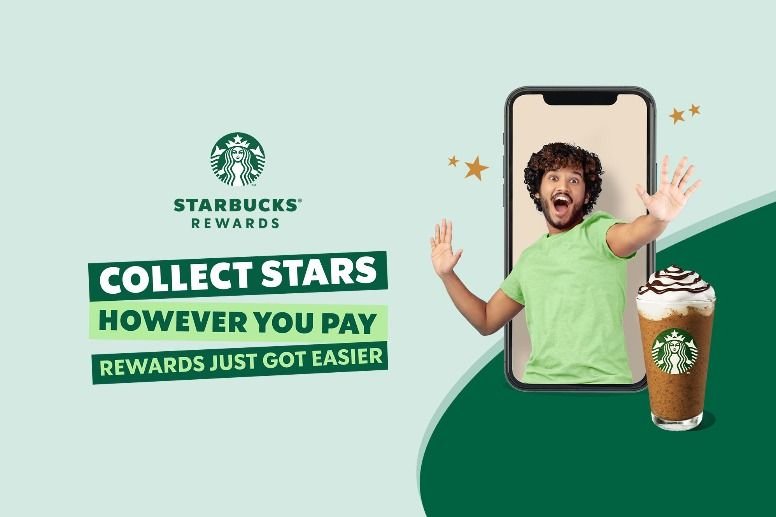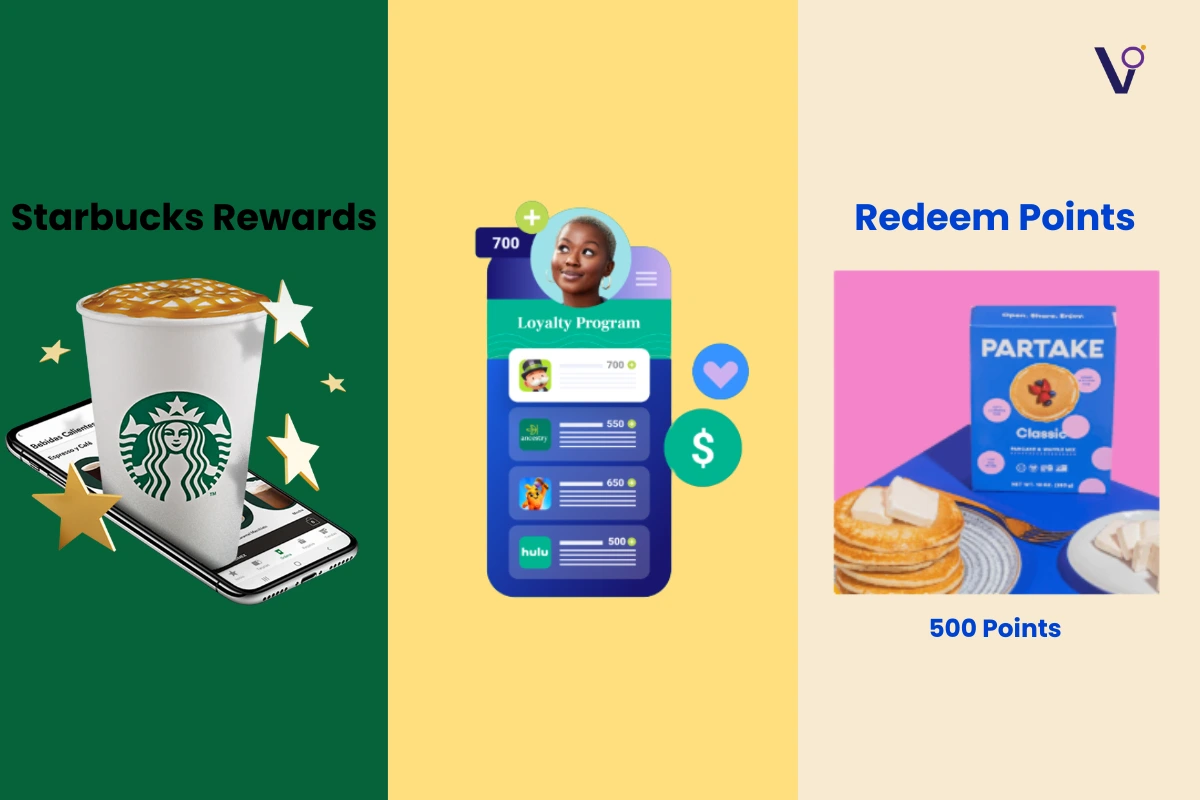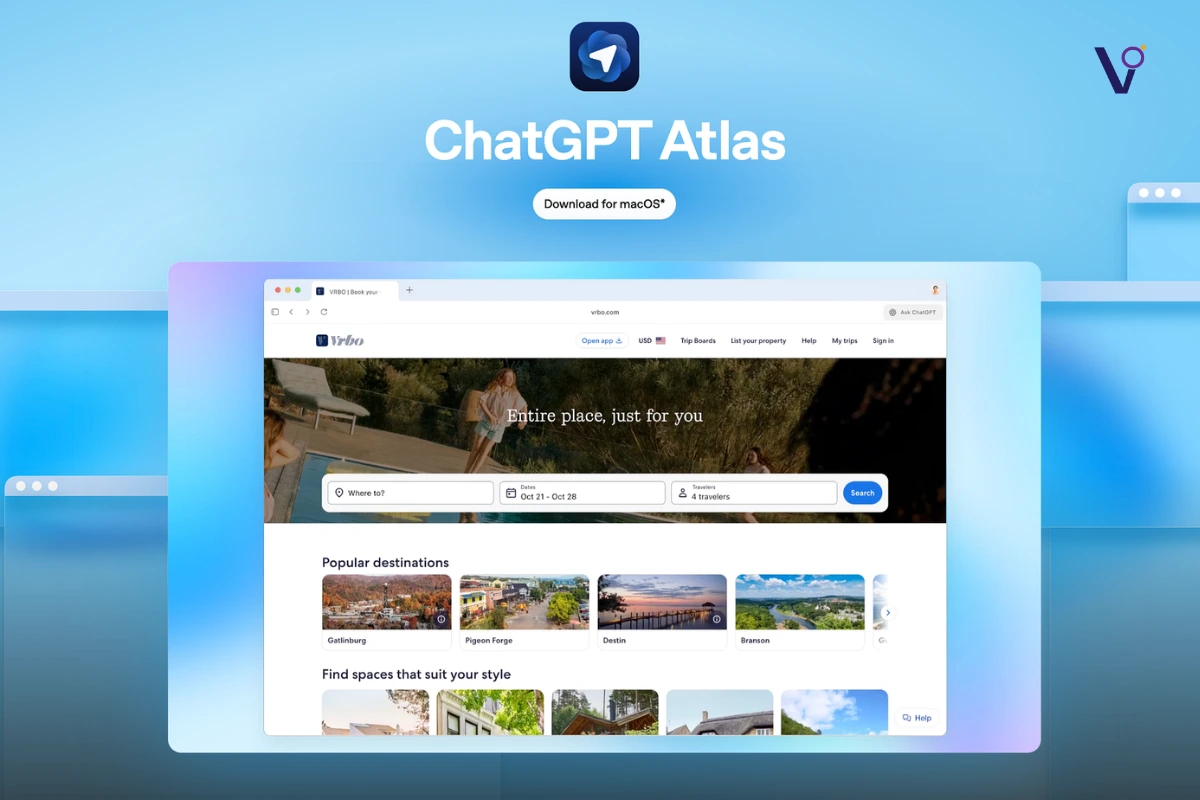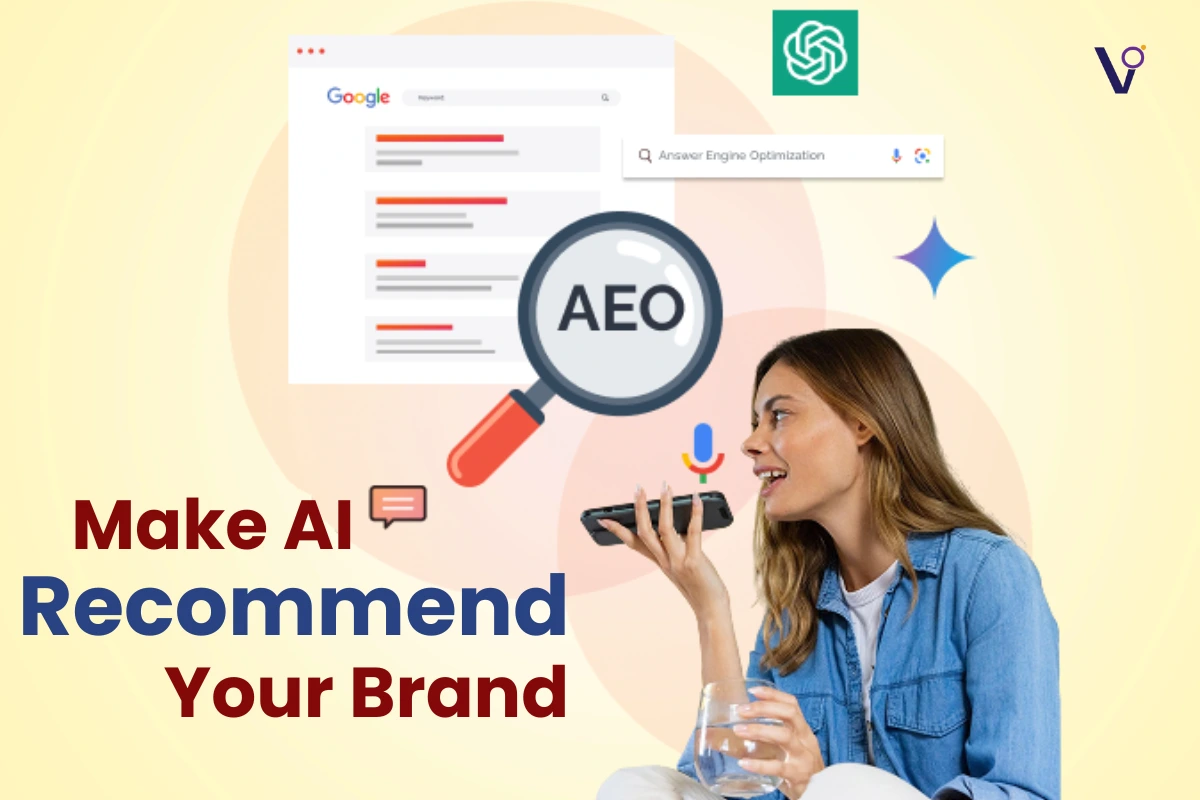Many companies are losing somewhere between 23% to 30% of their customers annually due to churn and lack of brand loyalty. In fiercely competitive markets like retail, cable/TV, or telecommunications, churn rates often hover around 24-25%, meaning nearly a quarter of customers leave each year. This is exactly where loyalty marketing becomes essential. Loyalty is often countercyclical, so when the economy is struggling that is when businesses really hold on to every customer they have got. But if there is a boom and everybody is just doing so much business, companies often forget about the loyal customers who sustain them in the long run.
The focus should always be to find a proposition that resonates with the customer but not simply give away margin or discounts where the customer did not need that incentive.
Consumer package goods are a strong example. Whether it is a nappy company or a chocolate company anything that is being sold through an intermediary is missing that data. The industry sees opportunities in CPG because they want to have relationships directly with the end users not just through retailers. That is why digital strategy matters so much. Customers are connected on apps, they are given codes on screens, they join communities in real time, and they feel part of something exciting.
This is exactly what makes loyalty marketing powerful.
Loyalty Marketing
The definition that resonated most was driving profitable behavior change. Loyalty marketing is about retention. Acquisition teams always exist in companies but loyalty marketing is about existing customers. The behavior change comes when you encourage them to stay longer, spend more, and feel connected to the brand.
The importance of loyalty has only grown. After the recession of 2008, in telecommunications loyalty was the difference between survival and closure. Later, during COVID, airlines realized loyalty programs could be more valuable than the airlines themselves. Loyalty rose to the surface because it was measurable bottom-line contribution.
Successful loyalty programs are everywhere. Starbucks Rewards, Amazon Prime, airline frequent flyer programs. They have structured loyalty through points, partnerships, gamification, and communities.

But not every industry needs a loyalty program. Apple, for example, does not have one because demand is naturally high and products are already differentiated. By contrast, energy companies or airlines with undifferentiated products need loyalty strategies. In airlines, where two companies fly the same route at the same price, loyalty programs determine who a customer chooses.
Industries Where Loyalty Matters
Hotels, retail, convenience stores, and even fuel sectors all see loyalty as a driver. Some brands even move beyond transactions into lifestyle ecosystems. Skywards in Dubai connects everyday purchases like coffee or mall visits with airline miles. That keeps customers engaged even when they are not flying.
Loyalty programs increase customer retention, encourage repeat purchases, and create advocates. Customers are the only source of revenue so every business wants 100% share of wallet. The way to do that is to understand what matters to customers. Data is the new oil. Loyalty programs allow businesses to capture data with permission, then give targeted offers and personalized experiences.
Here are some clear benefits of loyalty marketing:
- Increases retention rates
- Encourages repeat purchases
- Creates advocacy through Net Promoter Score (NPS)
- Provides valuable customer insights
- Enables digital-first engagement strategies
- Builds community around shared experiences
Community is becoming one of the most exciting aspects. NASCAR, for example, incentivizes fans to watch races at home by connecting them through apps and codes during live events. That sense of being part of something in real time builds loyalty far beyond a single purchase.
Challenges in Loyalty Marketing
On the other hand, challenges also exist. Identifying a unique proposition is hard. Implementing loyalty technology requires significant investment. Programs must have bank-level security, and data can never be compromised. Proving incremental value is one of the hardest parts. Correlation is not always causation, and measuring whether spending more is because of a loyalty program is difficult.
Some common challenges include:
- High cost of implementation
- Need for advanced marketing technology
- Customer fatigue with too many programs
- Overreliance on discounts
- Difficulty in proving incremental value
- Risk of poorly executed paper-based systems
Still, the potential for success is huge. Programs like Discovery Vitality in South Africa show how loyalty can even transform industries like health insurance. By rewarding healthy behavior such as going to the gym, claims go down, customers live healthier lives, and mutual benefits are created.
The Role of AI and Gamification
AI is now revolutionizing loyalty programs. Hyper-personalization, automated engagement, and predictive analytics are delivering relevance at scale. AI can analyze millions of data points and execute campaigns that double performance compared to traditional segmentation.
Gamification is already a big lever, making even boring tasks engaging. When combined with AI, the future could bring even more interactive reward systems that adapt to customer behavior.
The loyalty industry has been computerized since the 1980s, but AI is the next stage. It is not a replacement, but an enhancement. From customer service to campaign optimization, the possibilities are expanding quickly.
Conclusion
The challenges are real but so are the opportunities. Loyalty turns customers into advocates. It reduces churn. It creates resilience in downturns. And with AI now enhancing personalization, the next chapter of loyalty marketing is set to be even more impactful.
At Viral Omega, the perspective is clear: businesses that master loyalty will not only survive but thrive in the most competitive markets.
Loyalty in marketing is driving profitable behavior change by encouraging existing customers to continue engaging with a brand, often through structured programs like points, partnerships, or gamification.
Benefits include: reducing churn, increasing retention, driving repeat purchases, building advocacy, and capturing customer data for better insights and personalized engagement.
A loyalty strategy identifies customer behavior, creates rewards and engagement programs, and ensures mutually beneficial actions that drive retention and lifetime value.
Examples include Starbucks Rewards, Amazon Prime, airline frequent flyer programs, and Discovery Vitality in health insurance.
The three levels of brand loyalty are transactional loyalty, emotional loyalty, and behavioral loyalty, all focused on retaining customers and rewarding consistent engagement with the brand.



